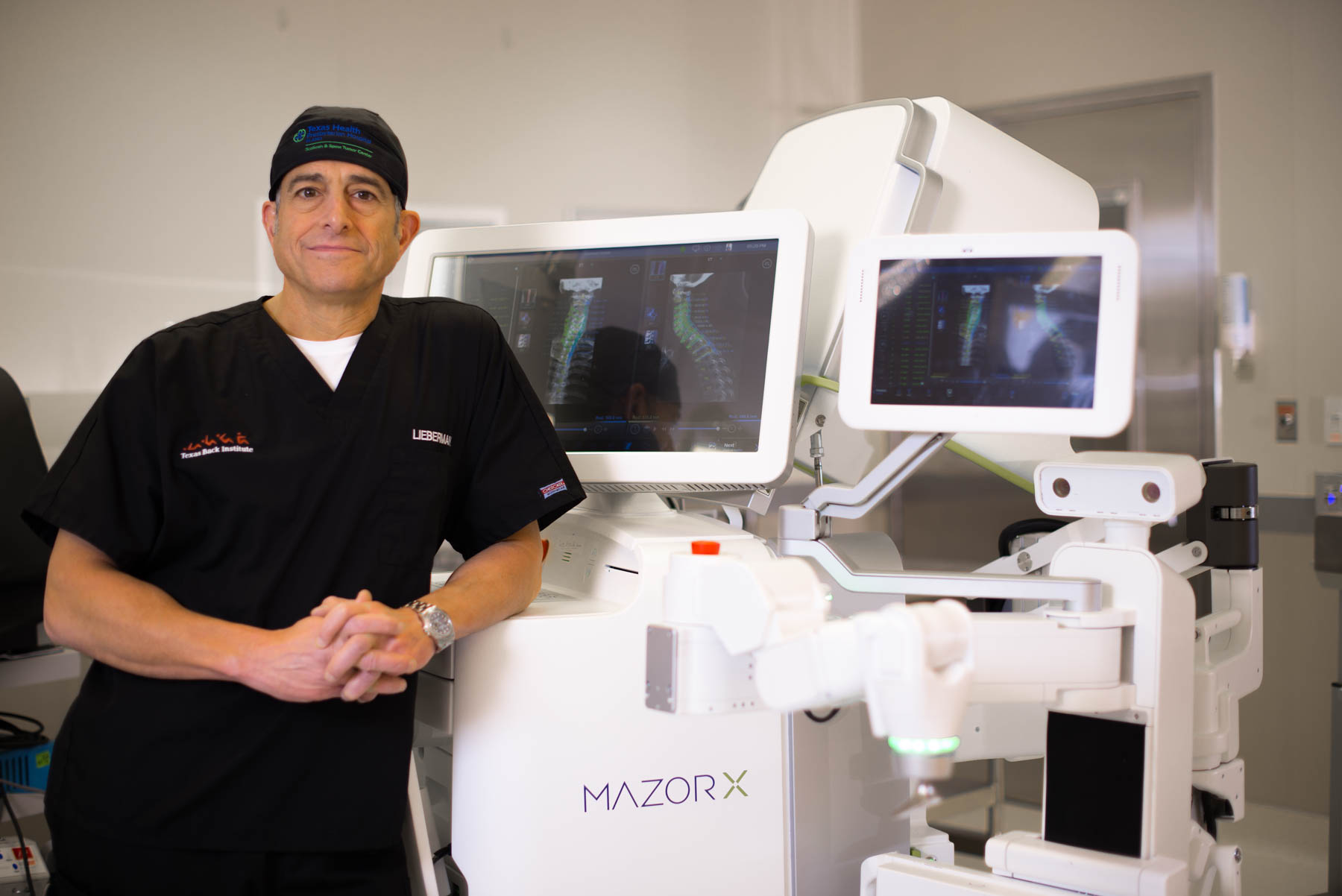Adrianna Mogollon seemed like a happy and healthy young woman, with her entire life ahead of her. She had a loving family, a passion for snowboarding and a zest for life. Everything seemed great until it didn’t.
After the sharp back pains became too much for her to endure, she made an appointment to see her family doctor. He found troubling signs of growth on her spinal column and there was concern that this tumor could be malignant.
“I was completely blindsided and devastated by this diagnosis,” Adrianna said. “I had never heard of cancer occurring on the spine. My mom and I started looking for a spine specialist who could remove this tumor and determine if it was cancerous. Everyone was concerned that it might spread to other parts of my body.”
According to the American Association of Neurological Surgeons, “A spinal tumor is an abnormal mass of tissue within or surrounding the spinal cord and/or spinal column. These cells grow and multiply uncontrollably, seemingly unchecked by the mechanisms that control normal cells. Spinal tumors can be benign (non-cancerous) or malignant (cancerous). Primary tumors originate in the spine or spinal cord, and metastatic or secondary tumors result from cancer spreading from another site to the spine.
“Non-mechanical back pain, especially in the middle or lower back, is the most frequent symptom of both benign and malignant spinal tumors. This back pain is not specifically attributed to injury, stress or physical activity. However, the pain may increase with activity and is often worse at night. Pain may spread beyond the back to the hips, legs, feet or arms and may worsen over time — even when treated by conservative, nonsurgical methods that can often help alleviate back pain attributed to mechanical causes.
“Depending on the location and type of tumor, other signs and symptoms can develop, especially as a malignant tumor grows and compresses on the spinal cord, the nerve roots, blood vessels or bones of the spine. Impingement of the tumor on the spinal cord can be life-threatening in itself.”
A Failed Back Surgery
Adrianna and her family interviewed several Dallas-area surgeons and one was chosen to conduct the procedure. After this major surgery, it was determined that the tumor was cancerous.
“More bad news,” Adrianna said. “We could only hope that the surgery and removal of the tumor was done in time to keep the cancer from spreading to other parts of my body. Unfortunately, something else happened that made matters worse. My back pain started again and, after more tests and imaging, we found that the first surgeon had failed to remove all of the malignant tissue.
“It was at this low point in my life that we found Dr. Lieberman at Texas Back Institute and he changed everything.”
A New Surgeon Takes Over
 As his colleagues around the globe will attest, Dr. Isador Lieberman of Texas Back Institute is a world-class spine surgeon. He has pioneered many, now widely used, procedures, treatments and medical devices for spine surgery. One of those procedures – using imaging robotics to help place screws to stabilize the spine – would play a critical role in saving Adrianna’s life.
As his colleagues around the globe will attest, Dr. Isador Lieberman of Texas Back Institute is a world-class spine surgeon. He has pioneered many, now widely used, procedures, treatments and medical devices for spine surgery. One of those procedures – using imaging robotics to help place screws to stabilize the spine – would play a critical role in saving Adrianna’s life.
“This young woman was facing serious consequences of a malignant tumor on her spine and a failed surgery,” Dr. Lieberman said. “The first surgery only partially resected the tumor. I had to complete the resection and rebuild the spine. This type of tumor ‘melts’ away the bone and puts pressure on the spinal cord. If it is left unchecked, this could cause a catastrophic spinal cord injury.”
There are serious challenges for a surgeon to remove cancerous tissue on an already compromised spine.
“When a patient presents with this condition, I work hard to contain the tumor in the surgical field in order to avoid causing its spread,” he said. “I also use advanced techniques to limit the blood loss during the surgery. And finally, I rely on spinal cord monitoring to make certain the spinal cord does not become compromised as a result of the surgery.
“The cancer caused a deterioration of the bone in Adrianna’s spine, making it extremely unstable. I used the robotics system, which combines CT scans and x-rays of the patient, to give me the precise location for the incision and the size and exact placement of the screws. I had a preoperative plan completed prior to the surgery and the robot facilitated the execution of the plan.”
How’s Adrianna Doing Now?

“I feel amazingly well, compared to where I was a short time ago,” Adrianna said. “I have gone back to college and I am skiing and snowboarding again! Dr. Lieberman saved my life and I will never forget his compassion and incredible surgical skills.”
Her spine surgeon agrees.
“Despite extensive surgery, chemotherapy and radiation therapy she is doing remarkably well,” Dr. Lieberman said. “Last year she was in Colorado snowboarding at the same resort where I was and we actually skied together. When I watched her jump off the terrain park feature I cringed a little. My first response was, ‘she should not be doing that!’ However, when she landed safely, I said, ‘she has a solid spine!’”



